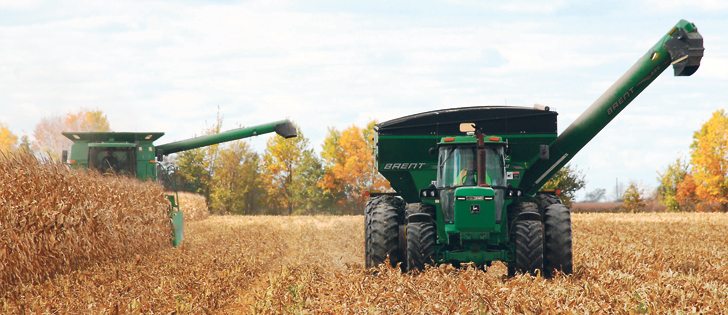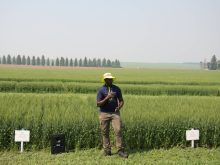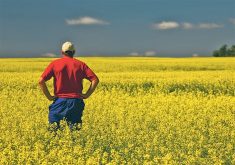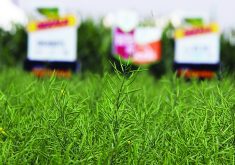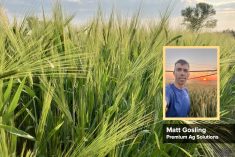CHATHAM, Ont. — Farmers in the Great Lakes Basin may no longer be able count on stable weather patterns, according to an agronomist with AGRIS Cooperative.
“We used to try to predict the future from the past and now our future is looking to be nothing like the past. We’re working on a blank piece of paper,” Dale Cowan said.
Cowan was speaking at a Nov. 7 agronomy conference in Phoenix, Arizona, where the hot topic was climate change.
There was widespread concern at the conference about the hydrological cycle, or as far as farmers see it, getting too much or too little rain.
Read Also

American researchers design a tomato plant that talks
Two students at Cornell University have devised a faster way to detect if garden plants and agricultural crops have a sufficient supply of nitrogen.
“We’ve all been talking about how to manage water,” he said.
It was an appropriate subject for Cowan, given the unusual cropping year in Ontario. There were concerns of a disastrous crop year at midsummer, but now with the corn harvest well underway and the soybeans near completion, it isn’t looking quite so bad.
“The soybeans did much better then we suspected. In fact, we may be awfully close to setting a new provincial record. If not that, it will most likely be our second-best year,” Cowan said.
“With the corn, I don’t think it’s as big a crop as last year, but the bushel weights are strong and that’s making up for it.… Getting rain during the time of grain fill is still important. It helped build sugar levels.”
Elizabeth Lee of the University of Guelph said she has confidence in her fellow scientists who believe climate change is a real issue.
“What the climatologists tell us is the working model for climate change in this area is probably calling for more heat and more variability in rainfall,” she said.
Heat accumulation was 300 to 700 units higher than the long-term average in Ontario and, for the first time since records have been kept, 4,000 heat units were accumulated in Essex County. Parts of the province also suffered from drought.
Like Cowan, Lee believes agronomic practices that improve soil health will build agriculture’s resilience to weather extremes — a buffering effect.
“Soil health is going to be huge. We’re really positive on the benefits with the cover crops.”
Farmers may also need to be-come more flexible in their approach to cropping — tweaking their management as the growing season progresses, Lee said.
With corn, for example, there may be merit in some years to using intensive management, such as boosting plant populations or applying additional nitrogen and fungicide later in the season.
Conversely, if the weather hasn’t co-operated, a do-nothing approach may be the best option.
Breeding programs may also need to shift in light of increasing weather uncertainty.
“We’ve come through a period of time when we’ve had a relatively stable production climate. Now our challenge as plant breeders is to come up with varieties that can deal with year to year variation in the weather,” Lee said.
“There might even come a time that variety stability will trump yield potential.”
Lee also noted the apparent increase in the use of the mouldboard plow in Ontario. She said it’s likely the result of management issues related to crop residue — corn stover and wheat straw — rather than weeds.

